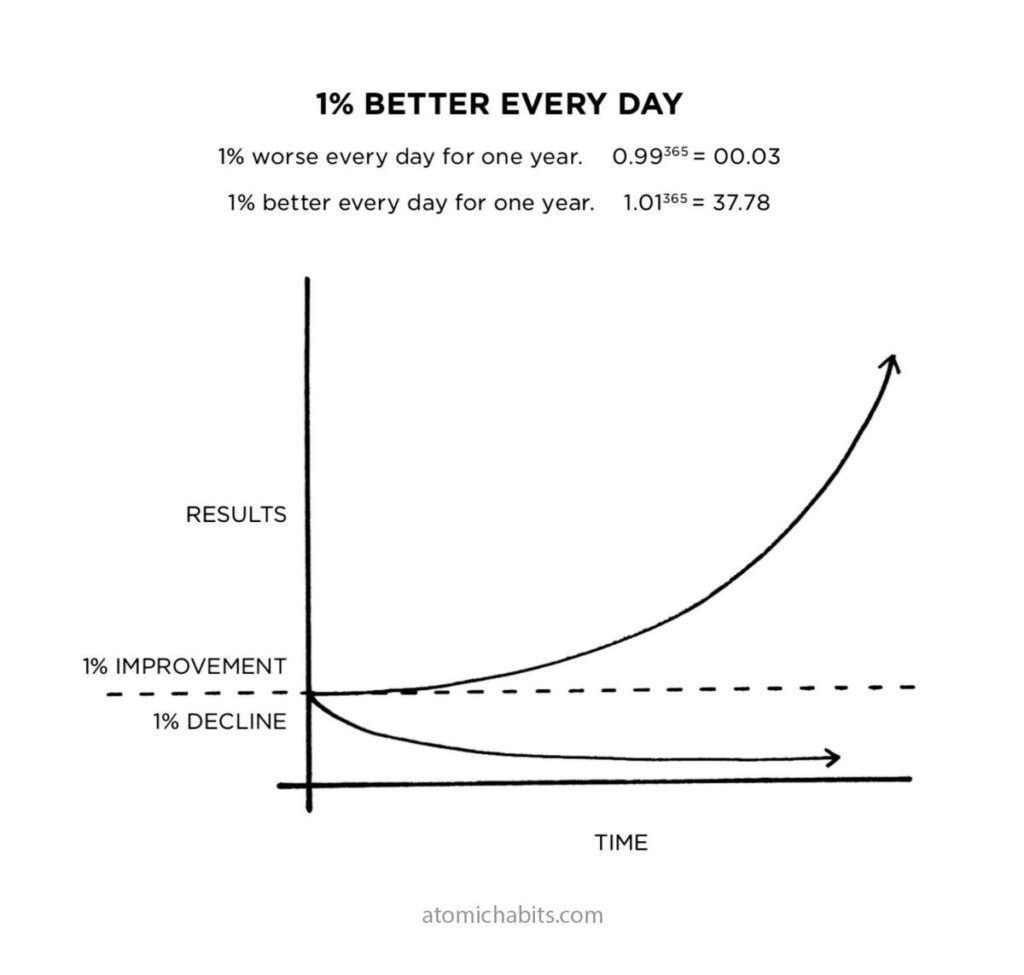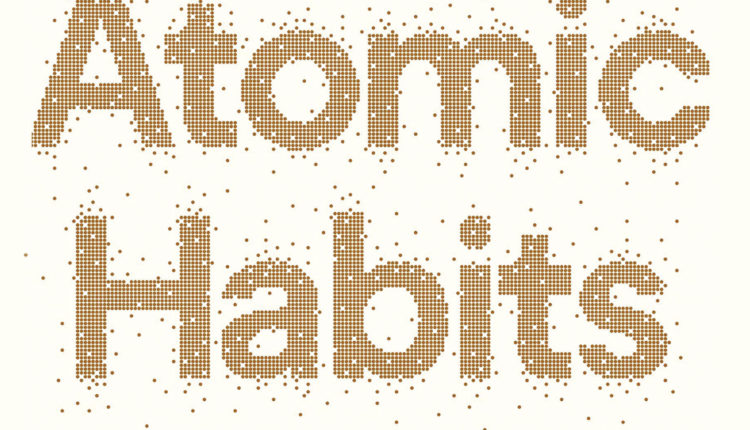Atomic Habits
REVIEW OF ATOMIC HABITS BY JAMES CLEAR
All this while many of us must have created a list of “Things to do this Quarantine” or at least would have sorted it out in our minds. The question is how much have we executed our plans? Not much, I am sure. And if you are someone who always executes his/her plans bang on, then you are sorted. But do give this review a read, in case you feel you want to level up in your game.
Atomic Habits by James Clear is a holy grail for anyone who has a million plans but could never find a way to make them happen. Any activity that you think of adopting is a habit. You must have read of continuing an activity for 21 days or any number of proven days to make it a habit. It might work for some but mostly it’s pointless when you don’t exactly know how habits are formed in our system.
Having recovered from a deadly accident and getting his damaged organs to back to work, the author discovered how small habits are in nature and if practised every day, they bring remarkable changes. In this book, James breaks down the science of loading in necessary habits and unlearning the ones that you don’t need.
Have you ever wondered why you feel hungry around the same time every day? It’s because this activity has been repeated so many times in your life that it has got into your system (mind and body) and it has unknowingly become one of your habits. You see, habits seep deep into three layers of behaviour change.

- OUTCOME (The goal. Eg- I want to finish reading a book, I want to lose weight)
- PROCESSES (The process you follow to reach your goal. Eg- I will read every day before I go to bed, I will exercise for 15 minutes daily)
- IDENTITY (The beliefs you form regarding your goals. Eg- I will be wiser if I read, I will be fit if I lose weight)

It is important to know that if you don’t let a habit pass through these three layers, it won’t probably make any change. Habits can be Identity based (An urge to adopt a habit because you believe it will be good for you. Eg- Waking up early in the morning) and they can also be Outcome-based (Where you set goals and you gradually believe that they are doing good to you. Eg- Minimising the time you binge-watch)
Now how does your body train itself to adopt a habit? You might not realise that, but it follows these 4 steps every time!
- CUE (Anything that triggers your brain to initiate a behaviour. ‘The aroma of your favourite food.’)
- CRAVING (The motivational force behind every habit. ‘Your mouth waters and you feel the urge to eat it.’)
- RESPONSE (The action you perform. ‘You eat.’)
- REWARD (The satisfaction you get from the action. ‘Your happy tummy.’)
Taking the example of reading daily and minimising time on binge-watch respectively, how do you create a good habit / break a bad habit, following the natural trend of your body?
- CUE- Make it obvious / Make it invisible
(Eg- Form a habit tracker or scorecard and carry a book with you exactly like you carry your phone / Remove the cue — Keep your phone or the device you binge watch on away from your sight)
- CRAVING-Make it attractive / Make it unattractive
(Eg- Join a book reading club online or offline. So that your peers’ reading habits motivate you to read / Remind yourself aloud about the benefits of reducing time on binge-watch; you get more time to be productive)
- RESPONSE-Make it easy / Make it difficult
(Eg- Break down your goals into smaller parts; instead of reading 1 chapter every day, try reading one-page every day / Switch off or unplug your device so it becomes difficult to get your device started, again and again, every time you feel an urge to binge-watch)
- REWARD-Make it satisfying / Make it unsatisfying
(Eg- Ask your family or friends to be your accountability partner so that they praise you once you achieve your target / Remind you to not go back to your bad habit)
Putting down some points that can summarise the whole idea
1.Habits work exactly like compound interest. Slow, one step at a time.
2.Habits define your identity. If you want to adopt a habit, you must change your old beliefs.
3.Practice your activity in a way that it’s visible, attractive, will be easy to do, will reward you and make you feel satisfied.
4.Keep reminding yourself to practice your activity, out loud.
5.If you miss once on any schedule, never give it a second chance. Losing on practice sessions once affects more than practising it every day.

6.Never stop making improvements.
7.Everything around us impermanent. So, check if your old habits are still serving you. If not, bring changes.
8.A lack of self-awareness is poison. Reflection and review is the antidote.
I can vouch, you won’t find a better book on habits. So, clearly explained and so easy to grasp. It’s just full of knowledge you would crave for.
Grab the book, absorb all its goodness and get started with your powerful lifestyle!
Highly recommended.


I had liked reading the book and liked reading your review as well, Shradha. Very nicely summed up.
Thank you so much Ma’am.